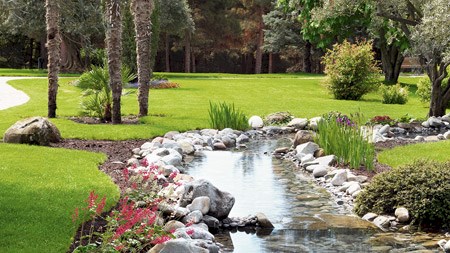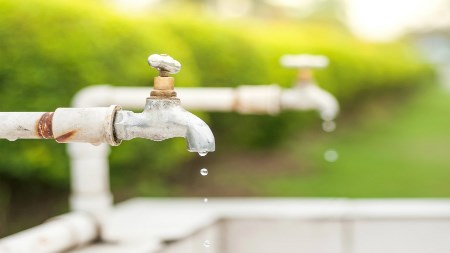Making environmentally conscious choices when it comes to your garden, could help to combat climate change. Select the right kind of indigenous plants for your space, and you could make a positive difference to the world.
The world is changing
Whether you think the causes of climate change are a hoax or not, there is an inescapable truth when we examine our shifting weather patterns and temperatures: climate change is real. And, as our world’s weather patterns shift, it can lead many of us to feel a little powerless. But, change starts at home, and the choices you make for your garden at home can have a positive effect on the world around us.
Why indigenous plants matter most
When selecting plants for your garden at home, choosing indigenous plants makes a big difference to the environment. Indigenous plants are, thanks to their adaptation to your local environment, easier to maintain and use less water to survive and thrive. Moreover, indigenous plants are not likely to throttle other plant life, and they form part of the natural ecosystem. By choosing plants that are already part of the natural ecosystem, you’ll enjoy a garden that’s attractive to bird and insect life. You’ll also find that you’ll need fewer pesticides, and use far less fertiliser when planting or maintaining your garden. When you choose indigenous plants for your garden, you’re making an active choice to create a water-wise, environmentally friendly garden.
Why water-wise gardens are winners
By selecting indigenous plants, you’re creating a garden that’s naturally water-wise. As indigenous plants consume less water than alien or foreign plants, they help you keep your water bill down and support the natural groundwater ecosystem too.
Oxygen for everyone
Ultimately, one of the best ways your garden can function as an environmental haven for bird and insect life, is to ensure that it produces as much oxygen as possible. We can thank the incredible process of photosynthesis. Plants take in carbon dioxide, and convert it into oxygen, emitting it into its surroundings. Of course, we all know humans need oxygen to survive and, the more your garden has to give, the happier your body will be.
Choose the right plants
By choosing the right plants for your garden, you can increase the amount of oxygen your garden produces, improve the air quality in and around your home, and have a positive effect on fighting climate change. For example, Aloe Vera plants are extremely common in South Africa, but are globally renowned for their air-purifying power.
Colourful climate change fighters
Introducing a pop of colour to your garden is easy when you plant Gerbera Daisies, and these are fabulous for use both inside and outside your home. Similarly, Barberton Daisies, Blood Lilies, Yellow Arum Lilies, and Hibiscus plants are all indigenous to South Africa, making them the perfect climate change fighting choice for your garden
Succulents for garden success
There’s a particular succulent that’s indigenous to South Africa, that’s become globally renowned for its climate change fighting capabilities: it’s Spekboom. Indigenous to the Eastern Cape, but found all over the country, Spekboom actively helps to fight air pollution and is rated as one of the highest producers of oxygen in the world of plants. A single Spekboom plant needs just 300mm of water a year to survive too, making it extremely water-wise and easy to maintain. Versatile and adaptable, Spekboom plants are easy to grow and propagate, and their oxygen generation capabilities remain, on average, the same throughout the year, no matter the weather conditions.
Making the most of it
Of course, catering for climate change is something else you can do to help your garden adapt to shifting weather patterns, strange temperatures, and unseasonable conditions. That’s why we suggest adjusting the arrangement of your garden, keeping your water usage as low as possible, and ensuring your plants survive every season. We recommend:
- Grouping your plants: Arrange your plant selection by way of their water requirements.
- Be wise about watering: Don’t water your plants just after it’s rained, and never water your plants when it’s windy.
- Install an irrigation system: Your friendly landscaping service provider or nursery can assist with advising you on installing the right kind of irrigation system for your garden, in terms of its size, plant water needs, shade and sunshine spots.
- Install a water tank: By installing a water tank and rainwater harvesting system, your garden and home could become even more water-wise. Using water tanks for your home and garden will also help you cut back on municipal utility bills, and ensure your garden isn’t just environmentally friendly, but budget friendly too.
- Improve the condition of your soil: By ensuring that your soil stays moist, you can improve the condition of your plants and garden as a whole. Make good use of mulch, as this helps to keep your plants cool and moist. Adding a good layer of compost to your soil can also improve its condition, making it less likely to use too much water.




